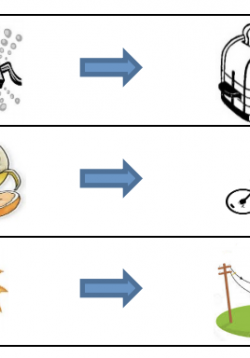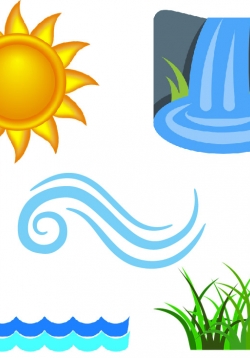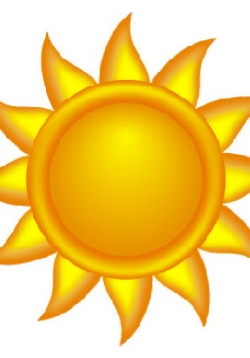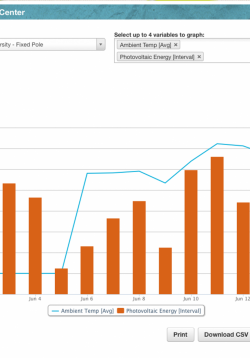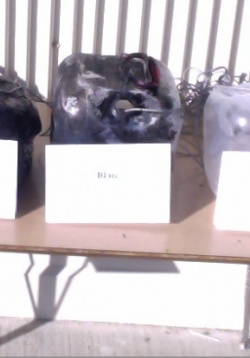Energy Sort
Students will be put in groups of six to eight students. Each group will have images of various items that produce heat (light bulb, hair dryer, refrigerator, computer, game system, television, car, motorcycle, microwave, space heater, etc.). The goal is...
Brainstorm Energy Source
Students will individually brainstorm sources of energy. This process will take place on both an individual and on a group level, allowing for students to share ideas about their perceptions of energy. On a sheet of paper, students will write or draw...
Energy Research Project
Students will build on their knowledge of renewable and non-renewable energy (third grade standards). Students will learn that all electricity production has impact on the earth. The class will do a compare/contrast activity of a renewable and a non-...
Home Energy Survey
Students will learn how to determine what sources of energy are used in their home. They will determine types of energy used in their home through observation and interviews. This will be documented through a home energy survey sheet that students will...
Solar Energy Basics
Students will learn the basics of solar power and the difference between photovoltaic solar power and passive solar power. They will also learn the pros and cons of solar power and be able to describe the advantages and disadvantages of using solar power...
Home Energy Use
This lesson is meant to provide students the opportunity to learn about the power usage of items in their home that they are already curious about. Students will learn to use a Watt meter to measure the amount of electricity various electric appliances in...
Observing and Keeping Records
Students will review basic scientific observation methods and the importance of keeping and reporting accurate observations. Teacher will discuss with students the different types of variables that they can use in order to gather data and make conclusions...
Setting Up the Experiment - Solar Water Heating
Students will set up the experiment that they will use to determine the amount of energy from the sun that can be used to heat water and the variables that can help the exchange of heat most effectively. They will accomplish this through setting up simple...
Passive Solar Water Heating: Collecting and Reporting Data, Making Recommendations
Students will explore ways that the sun can be used to heat water and the variables involved in the efficiency of using the sun to heat water for use in homes or businesses. They will determine this through taking measurements of their solar water heaters...

